Two tutorials are organized on Monday June 28, 2021 while the three others will be held on Friday July 2, 2021.
Monday, June 28, 2021
Tutorial #1 – Computing in Communication Networks: The Road Ahead
3:00pm – 6:30pm JST
Fabrizio Granelli, University of Trento, Italy
Frank Fitzek, Technische Universität Dresden, Germany
Abstract
A big step lies ahead, when moving from today’s 4G cellular networks to tomorrows 5G network. Today, the network is used for content delivery, e.g. voice, video, data. Tomorrow, the 5G network (and possibly beyond that) will be fully softwarized and programmable, with new degrees of freedom. The aim of the tutorial is to illustrate how the emerging paradigms of Software Defined Networking and Network Function Virtualization will impact on the development of future systems and networks, both from the theoretical/formal as well as from the practical perspective. The tutorial will provide a comprehensive overview of the individual building blocks (software defined networking; network function virtualization; information centric networks) enabling the concept of computing in future networks, starting from use cases and concepts over technological enablers (Mininet; Docker) and future innovations (machine learning; network coding; compressed sensing) to implementing all of them on personal computers. Practical hands-on activities will be proposed, with realistic use cases to bridge theory and implementation by several examples, through the usage of a pre-built Virtual Machine (ComNetsEmu) that can be easily be extended for new experiments. The instructions to download the Virtual Machine will be provided to the attendees in advance of the event. The main objective of the tutorial will be to expose attendees to the most recent technologies in the field of networking and teach them how to use them in a real setup in the “hands-on” session. This tutorial was already presented at IEEE NetSoft 2020. This tutorial represents an updated version, with extended focus on hands-on and advanced (and new) in-network computing examples. A related book written by the two presenters “Computing in Communication Networks” is available from 2020 by Elsevier, and it provides in-depth description of the concepts and hands-on activities presented in the tutorial, to enable interested attendees to learn additional details and more examples on the reviewed technologies.
Participants interested in following the hands-on activities of the tutorial are recommended to install the Comnetsemu Virtual Machine using the instructions indicated here:
https://git.comnets.net/public-repo/comnetsemu
Speakers biography
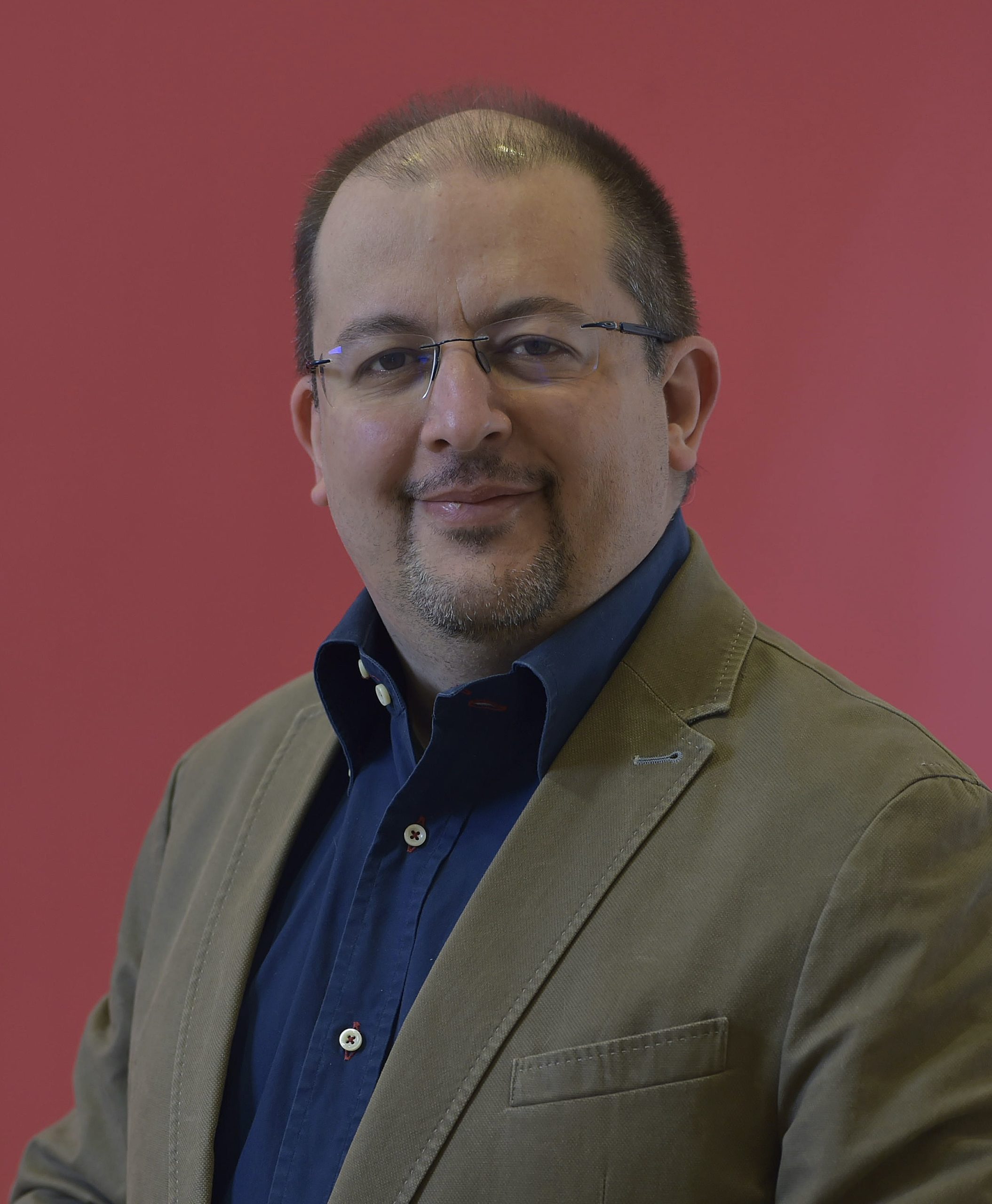
Fabrizio Granelli is Associate Professor at the Dept. of Information Engineering and Computer Science (DISI) of the University of Trento (Italy). From 2012 to 2014, he was Italian Master School Coordinator in the framework of the European Institute of Innovation and Technology ICT Labs Consortium. He was Delegate for Education at DISI in 2015-2016 and he is currently member of the Executive Committee of the Trentino Wireless and Optical Testbed Lab. He was IEEE ComSoc Distinguished Lecturer for 2012-15 and IEEE ComSoc Director for Online Content in 2016-17. Prof. Granelli is IEEE ComSoc Director for Educational Services for 2018-19 and coordinator of the research and didactical activities on computer networks within the degree in Telecommunications Engineering. He was advisor of more than 80 B.Sc. and M.Sc. theses and 8 Ph.D. theses. He is author or co-author of more than 200 papers published in international journals, books and conferences in networking, with particular reference to performance modeling, cross-layering, wireless networks, cognitive radios and networks, green networking and smart grid communications.

Frank H. P. Fitzek is a Professor and chair of the communication networks group at Technische Universität Dresden coordinating the 5G Lab Germany. He received his diploma (Dipl.-Ing.) degree in electrical engineering from the University of Technology – Rheinisch-Westfälische Technische Hochschule (RWTH) – Aachen, Germany, in 1997 and his Ph.D. (Dr.-Ing.) in Electrical Engineering from the Technical University Berlin, Germany in 2002 and became Adjunct Professor at the University of Ferrara, Italy in the same year. In 2003 he joined Aalborg University as Associate Professor and later became Professor. He co-founded several start-up companies starting with acticom GmbH in Berlin in 1999. He has visited various research institutes including Massachusetts Institute of Technology (MIT), VTT, and Arizona State University. In 2005 he won the YRP award for the work on MIMO MDC and received the Young Elite Researcher Award of Denmark. He was selected to receive the NOKIA Champion Award several times in a row from 2007 to 2011. In 2008 he was awarded the Nokia Achievement Award for his work on cooperative networks. In 2011 he received the SAPERE AUDE research grant from the Danish government and in 2012 he received the Vodafone Innovation price. His current research interests are in the areas of wireless and mobile 5G communication networks, mobile phone programming, network coding, cross layer as well as energy efficient protocol design and cooperative networking.
Tutorial #2 – Practical Challenges in Applying AI to Zero-Touch Network Automation
9:00pm – 10:30pm JST
Klaus Raizer, Julien Forgeat, Alexandros Nikou, Kristijonas Cyras, Ericsson Research, AI
Abstract
Zero-touch network automation aims at freeing humans from the sense-actuation loop and moving them to a higher-level loop of monitor and intent-setting. With manual optimization, fault resolution, and service-level agreement management becoming too complex for humans, these autonomous networks are the next logical step in the evolution of connectivity. Therefore, 6G networks will require that we empower networks with artificial intelligence (AI) and cognitive algorithms, enabling zero-touch automation of all processes and tasks. In this tutorial we will provide a brief overview of zero-touch automation; goals, current scenario and the importance of AI to the present and future of network automation. We will then provide short deep dives into selected AI technologies that are key for achieving this vision, namely, distributed ML and trustworthy (safe and explainable) AI. Mobile telecommunications networks are inherently distributed from a data and compute availability perspective. In addition, regulatory compliance can also add more technical constraints to the life cycle of AI workloads. We will show what machine learning techniques can be used to circumvent those challenges and build scalable, efficient and compliant solutions for zero-touch automation. Trustworthy AI in zero-touch networks entails ensuring customer intents are met and service-level agreements satisfied with care, i.e. while considering aspects of AI safety, privacy, accountability and explainability among others. We will exemplify how aspects of, specifically, safety and explainability can be addressed in cognitive networks by combining Machine Reasoning (symbolic AI) with ML. In particular, we will demonstrate novel solutions of safe symbolic reinforcement learning (RL) applied to antenna tilting. We will also illustrate how ML and MR explainability techniques can be applied to network slicing.
Speakers biography
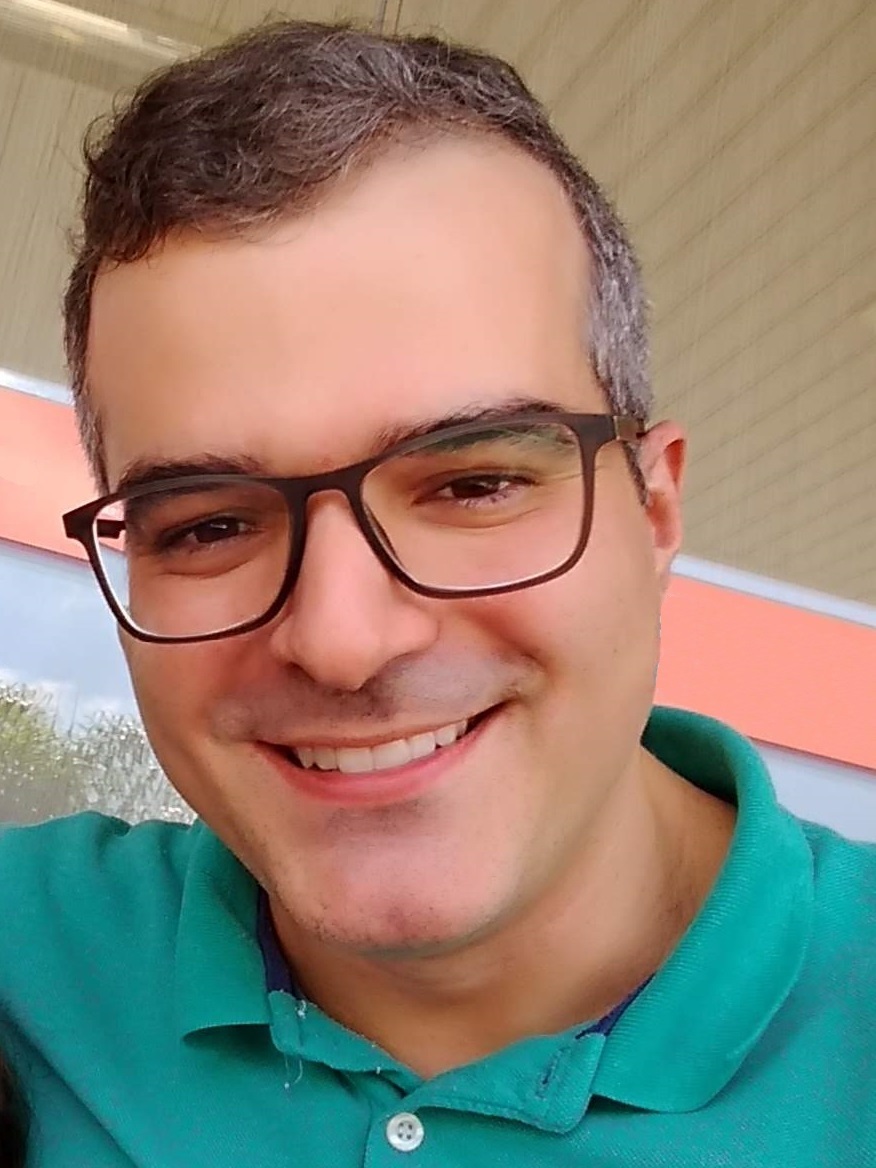
Klaus Raizer (IEEE M’2010) is the manager for the Zero-touch network automation Ericsson Research program, which is one of Ericsson’s 6 main global research programs and aims at extending the state of the art of network automation. It counts with hundreds of members from different research areas and with collaborations with business units within Ericsson and with several Universities. He received the B.S degree in control and automation engineering from the University of Campinas, Brazil, in 2009, an M.S. degree in computational mechanics in 2010, and his Ph.D. degree in electrical and computer engineering in 2015, in the topic of Computational Intelligence and Artificial Cognition. From 2014 to 2015, he was a researcher at the CPqD Research and Development Center in Telecommunications with the innovation department. He is an AI researcher at Ericsson since 2015, and his research interests include network automation and intelligent networks, cognitive robotics, artificial intelligence, computer simulations and cyber-physical systems.
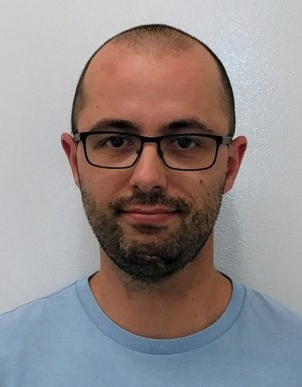
Julien Forgeat is an artificial intelligence principal researcher at Ericsson Research. He joined Ericsson in 2010 after spending several years working on network analysis and optimization. He holds an M.Eng. in computer science from the National Institute of Applied Sciences in Lyon, France. At Ericsson, Julien has worked on mobile learning, Internet of Things and big data analytics before specializing in machine learning and AI infrastructure. His current research focuses on the software components required to run AI and machine learning workloads on distributed infrastructures as well as the algorithmic approaches that are best suited for complex distributed and decentralized use-cases.
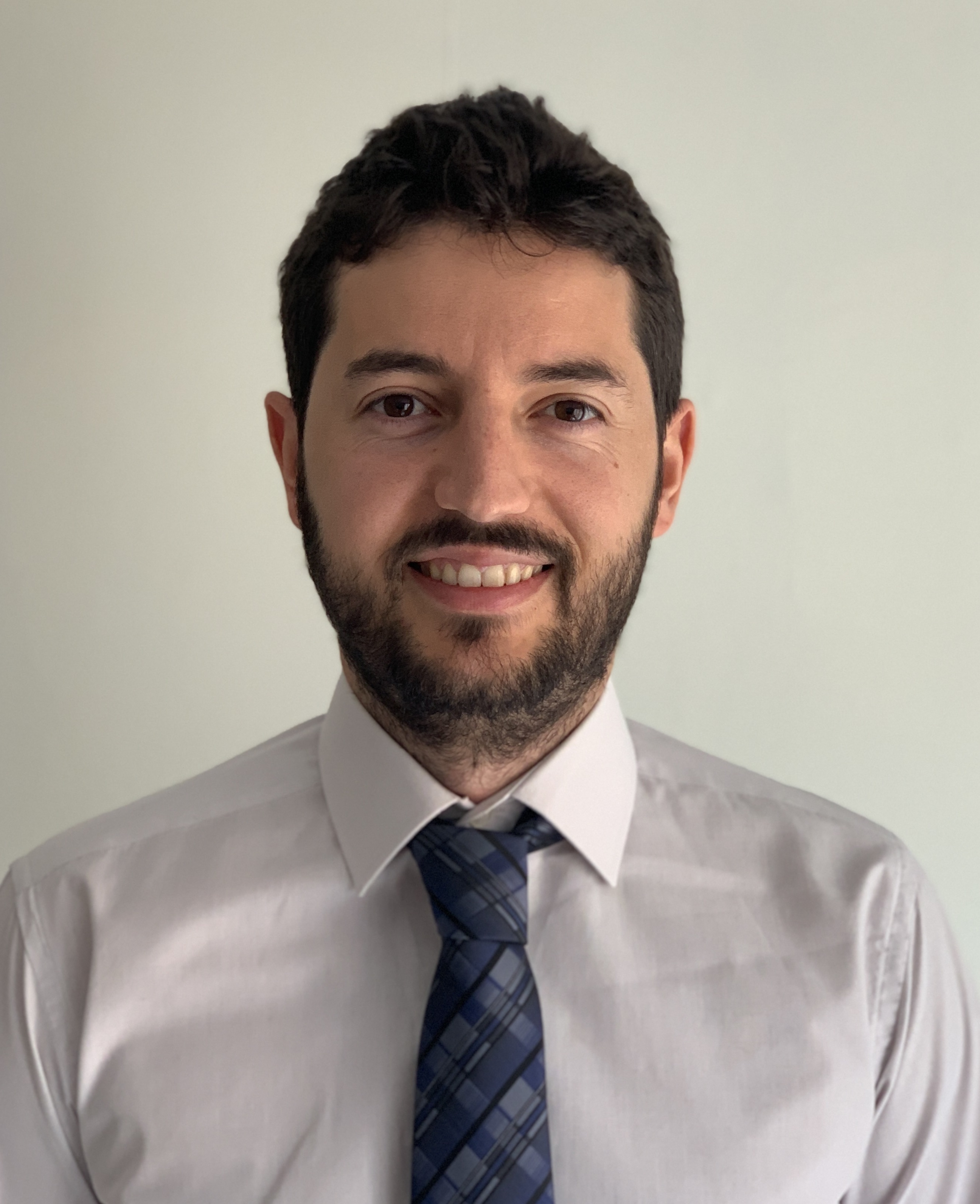
Alexandros Nikou is an artificial intelligence experienced researcher at Ericsson Research. He received the Meng degree in Electrical and Computer Engineering and the MSc degree in Automatic Control and Robotics both from National Technical University of Athens (NTUA) in 2012 and 2014, respectively. In 2019, he received the PhD in Electrical engineering and Computer Science from KTH Royal Institute of Technology. He joined Ericsson Research in 2019, where his current research interests are reinforcement learning, multi-agent systems and formal methods where he has published 30 related peer-reviewed publications in top conference and journal of the field.
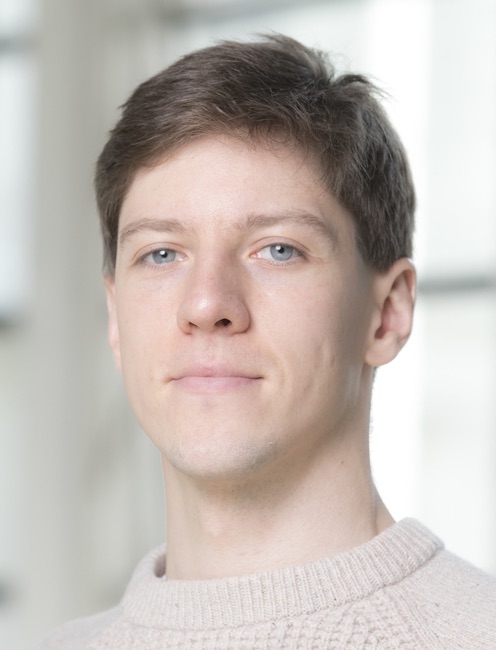
Kristijonas Cyras has researched explainable AI (XAI) for 5 years, recently with a focus on telco network automation and network slicing. He is an active member of XAI community, experienced in organizing as well as participating in XAI seminars and workshops, and in delivering invited and conference talks to both research audiences and general public. Kristijonas has delivered lectures and tutorials at Imperial College London and is an Associate Fellow of The Higher Education Academy in recognition of attainment against the UK Professional Standards Framework for teaching and learning support in higher education. Kristijonas has several publications on XAI (specifically argumentation-based explanations) in top-tier conferences and journals. Kristijonas holds a PhD in AI research from Imperial College London.
Friday, July 2, 2021
Tutorial #3 – Fast Cloud Native Data-Plane
3:00pm – 4:30pm JST
Ryota Kawashima, Nagoya Institute of Technology, Japan
Abstract
5G and next generation 6G networks are expected to be a heart of industrial infrastructure. Many industrial services will need totally different properties for their networks, such that bandwidth, latency, and scalability. Network slicing is the key enabler of such an extremely flexible network infrastructure, and we are seeing the qualitative transformation in current networking. Cloud native is a promising nature for such a network environment to provide agility, elasticity, and manageability. Network functions of the slices are to be cloud native (Cloud native Network Functions, CNFs), but network functions in the form of traditional hardware cannot be CNFs due to the tightly coupled implementations to the devices. Virtualization/softwarization of network functions is inevitable approach to make them cloud native, and containerization on commercial-off-the-shelf servers is one of the practical approaches on the current technology trend. This generalization enables operators to fully manage life-cycle of network functions including development, which will spawn differentiated services. However, layering the virtualization or generalization degrade the performance of packet processing on the nodes. Wide range of performance acceleration technologies have been proposed and some of them are actually used in real networks to enjoy the advantages of decoupling functionality from devices. Current network researchers, engineers, and even operators are required to familiar with these technologies because the traditional expertise in networking is not enough for future CNF-based networking. This tutorial presents an opportunity to learn basics of major acceleration technologies and to actually try them in a virtual machine environment. Specifically, DPDK and eBPF/XDP will be introduced from the basics in the tutorial. The attendees will use them under typical use cases involving a virtual switch andcontainerized application (managed by Docker), and will learn how to evaluate performance. Further, experienced attendees will see advanced technologies, such as VPP and OpenNetVM.
Speaker biography
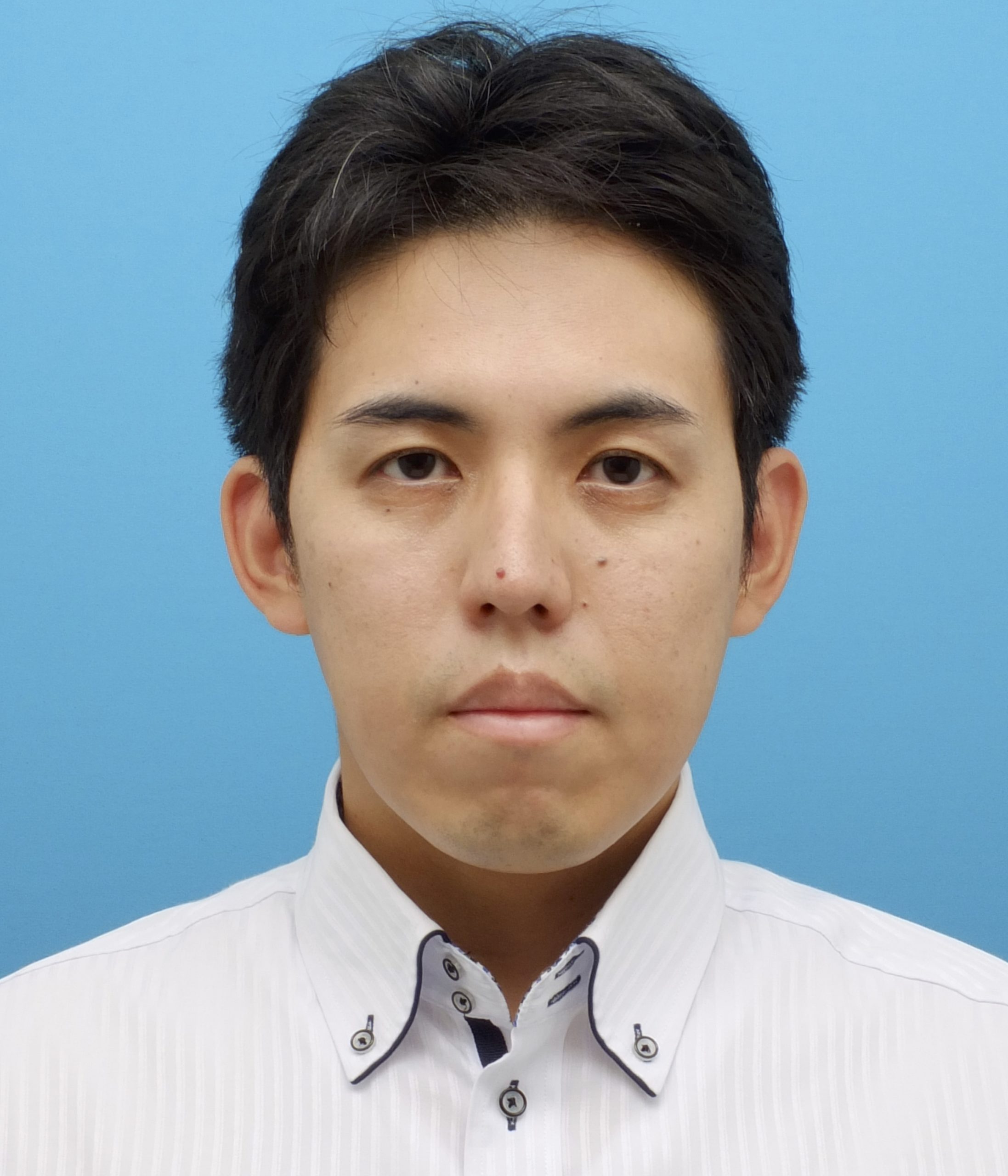
Ryota Kawashima is a professional for high-performance software-based networking in the context of SDN/NFV. He started his profession in industry (ACCESS, CO, LTD.) as software engineer after receiving his Ph.D. degree (2010). He was engaged in research and development of a network virtualization platform (Stratosphere SDN Platform, SSP) using SDN technology at Stratosphere, Inc. (2012-13). Specifically, he was in charge of control-plane (SDN controller) of the platform. He moved to academia (Nagoya Institute of Technology) in April 2013, and has led an independent small research group studying high-performance SDN/NFV technologies. They published many high-quality full papers in this field published for IEEE TNSM, IEEE NetSoft, IEEE NFV-SDN, and IEEE CloudNet etc. The presenter received Best Paper Awards of IEEE NFV-SDN (2018) and IEICE Communications Society (2017).
Tutorial #4 – Decentralized Blockchain-based Telecommunication Services Marketplaces
5:00pm – 6:30pm JST
Roman-Valentyn Tkachuk, Dragos Ilie, Kurt Tutschku, Blekinge Institute of Technology Karlskrona, Sweden
Abstract
Digital services constitute a major part of today’s internet infrastructure and majority of the times they are the main revenue generators for the companies operating in digital space. In past decade several digital marketplaces were introduced to create a centralized way to deliver such services to potential customers. A marketplace creates a platform for service developers to supply their products through a trusted intermediary without having to take care of advertisement and legal implications of business transactions, to meet the customer demand. From a system point of view, the marketplaces have a centralized architecture and act as a trust, assurance and governance providers towards both sides of business transactions. Being in the middle between producer and consumer, the main business model for the marketplace is to charge producer by taking a part of monetary incentive paid by the customer. In this way, the marketplace operator can make sufficient finances to maintain and operate the marketplace. However, majority of the times, the amount of incentive taken by the marketplace, is dictated by the marketplace itself, which creates a value distribution imbalance, where supply and demand sides suffer monetarily. The only way to eliminate a centralized entity between the producer and consumer is to decentralize the marketplace and provide both sides at the ends of the spectrum with the set of tools to perform the business transaction in a trusted manner, without the need of a third party. Such task may be achieved by the blockchain technology. Its Distributed Ledger Technology (DLT) provides system participants with distributed storage which brings such benefits as provenance, accountability and transparency. Moreover, it allows to eliminate the need of trusted third-party, e.g., the marketplace, from the business transaction process, and bring balance to value distribution inside digital marketplaces.
Speakers biography
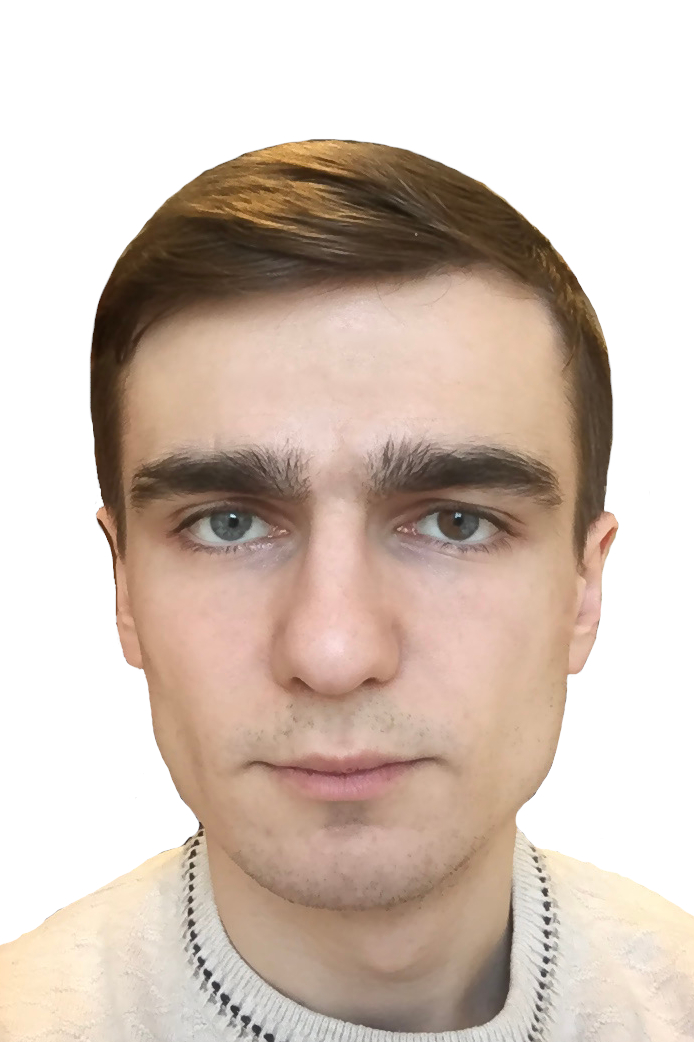
Roman-Valentyn Tkachuk is a Ph.D. student in Computer Science at Blekinge Institute of Technology (Karlskrona, Sweden). He received his master’s degree with honors in Information and Communication Systems Security (Cyber Security) from L’viv Polytechnic National University (Lviv, Ukraine) in 2018. Roman-Valentyn was awarded multiple awards by L’viv Regional Government for excellent results in education. During his master’s education and after it he worked in the industry as a Software Engineer where he applied his knowledge to help the companies develop secure software development practices and Security Software Development Lifecycle (SSDLC). After starting his Ph.D. in 2019 he has taught as an assistant in multiple courses on cybersecurity and cloud/network infrastructures. During his Ph.D. he has and is participating in several projects: Test Arena Blekinge, Horizon 2020 project “Bonseyes – An AI Marketplace”1, and KKS HÖG Symphony2. The research within the projects included cloud-based systems implementation and orchestration. His current area of research includes orchestration of decentralized blockchain-based marketplaces for service engineering. Hereby, Roman-Valentyn’s focus is on such security features and practices as data privacy, data assurance, and distributed trust.
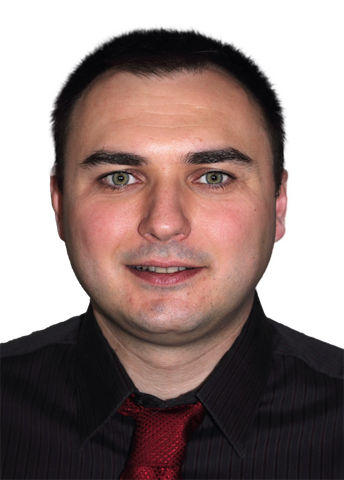
Dragos Ilie is an Assistant Professor of Telecommunication Systems at Blekinge Institute of Technology (BTH, Sweden). Dragos has seven years of experience from the telecommunications and software industry. He has taken on various roles such as software developer, tester, researcher, and team leader for projects in Sweden, USA, and India. Dragos thrives when working with research, development, and teaching at the intersection between security, software development, and computer networking. His current research is about defining security architectures for distributed services and improving methods for malware detection. Dragos’ work and appointments (recent): (2012-ongoing) Assistant Professor of Telecommunication Systems, Blekinge Institute of Technology. Research and teaching in security, computer networks and cloud-based systems. (2008-2012) Software designer for embedded Linux systems, Advenica, Lund, Sweden. http://www.advenica.com. Development of secure network functionality for IPv4/IPv6 multicast, routing, QoS and high availability (failover) for VPN systems certified for high-level security at national and EU level. (2003-2008) PhD student, Blekinge Institute of Technology http://www.bth.se. Thesis title: “On Unicast QoS Routing in Overlay Networking”
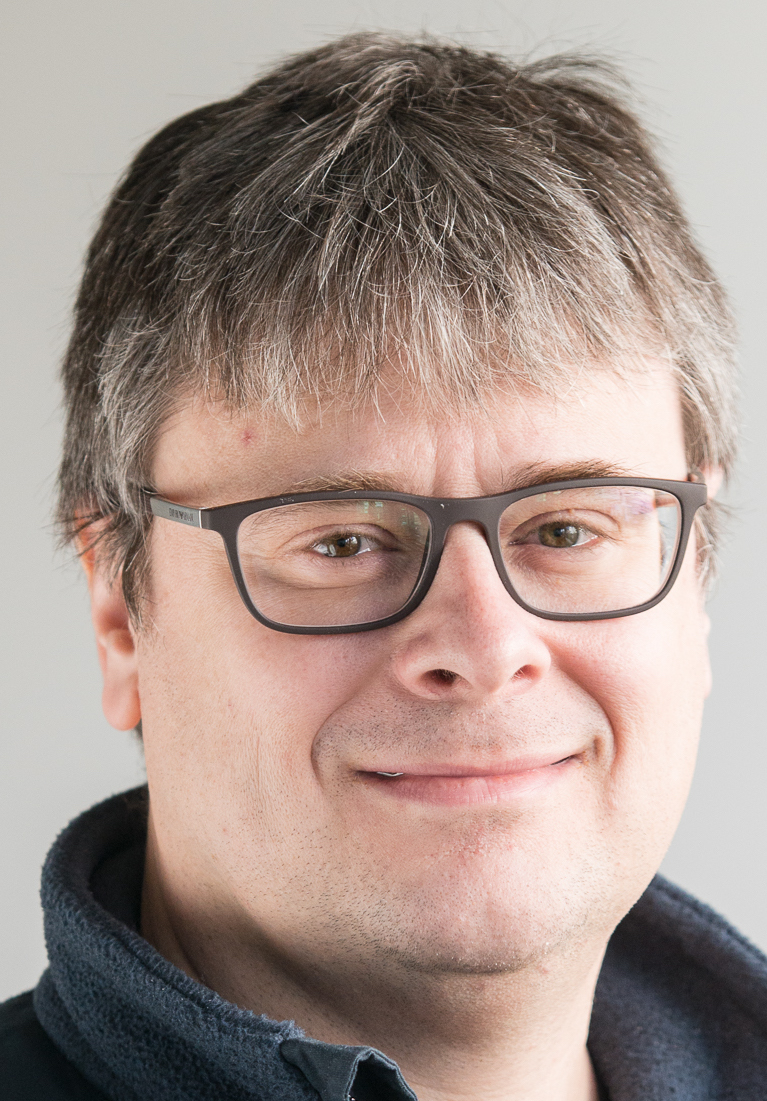
Kurt Tutschku is a professor for telecommunication systems at the Blekinge Institute of Technology (BTH). Prior to BTH, Kurt hold from 2008 to 2013 the Chair of Future Communication at the University of Vienna (endowed by A1 Telekom Austria) and worked from February to August 2008 in the Network Virtualization Lab of the National Institute for Infor-mation and Communication Technology (NICT) in Tokyo, Japan. Before transferring to Japan, Kurt was leading the group on “New Network Architectures, Peer-to-Peer (P2P) Systems and Self-Organization” at the Department of Distributed Systems of the University of Würzburg, Germany. Kurt Tutschku has received a Ph.D. degree (1999) and his Habilitation (2008) from the University of Würzburg. Kurt’s research interests include the architecture, operation and security of future generation networks and clouds, incl. NFV and SDN-based systems. Lately, he addresses the security, confidentiality, and privacy in Cloudnative services, service chains, service marketplaces as well as distributed AI service pipelines. Kurt has led or is leading multiple funded academic and industry collaborations. He and his team contributed directly to various Future Internet testbed projects using network virtualization such as GENI/GpENI (US), Akari (Japan), or G-Lab (Germany). Kurt has collaborated with the German Federal Office for Information Security (Bundesamt für Sicherheit in der informationstechnik). He was also a member of the steering committee of the European Future Internet Assembly, contributed to the ETSI Industry Specification Groups (ISGs) on Network Functions Virtualization (NFV) and is currently engaged in ETSI ISGs on Security of AI (SAI) and Privacy-Preserving Pandemic Protection (E4P). Kurt is member of the Steering Committee member of the IEEE Conference on NFV-SDN and serves the conference’s General Co-Chair since 2017. Kurt Tutschku gave previously successful tutorials at CCNC2017 (P2P Networks – Application and Performance Issues), ITC19 (Peer-to-Peer and Content Distribution – Application and Teletraffic Issues, Bejing 2005), Siemens COM (Carrier Grade Peer-to-Peer, 4. April / 25. October 2005), and ITC18 (P2P-Services and their Network Efficient Management, Berlin 2003).
Tutorial #5 – SD‐WAN: How to Shift the Network Control from Core to Edge
9:00pm – 10:30pm JST
Guido Maier, Sebastian Troia, Politecnico di Milano, Italy
Abstract
This tutorial addresses the Software‐Defined Wide Area Network (SD‐WAN) technology, which has recently conquered the enterprise‐networking market all over the world. SD‐WAN is regarded as very promising for the next‐generation WANs, especially by the Communication Service Providers (CSPs) as a new highly effective solution they can offer to their customers. SD‐WAN brings the advantages of SDN to the WAN, applying the concept of separation among data and control plane. The main goal is to provide dynamic, fast and reliable interconnections between the sites of an organization, such as headquarters, data‐centers, branch offices, that are geographically distributed over a wide area. A communication infrastructure with a national or international or even global extension can be thus provided to the tenants as an overlay network over heterogeneous public WANs. SD‐WAN reduces the costs, but has to preserve the same quality of service of alternative, more expensive technologies, such as MPLS. We will present a detailed overview of SD‐WAN by addressing the most important use cases, such as enterprise branch‐to‐headquarter and headquarter‐to‐data‐center interconnection. In particular, we will focus on the network architecture requirements in order to obtain an agile and efficient control plane. Afterwards, we will describe the decision techniques that can be implemented inside the SD‐WAN controller, making a comparison between traditional and Machine‐Learning solutions. During the tutorial we will show some testbeds and a live demo.
Speakers biography
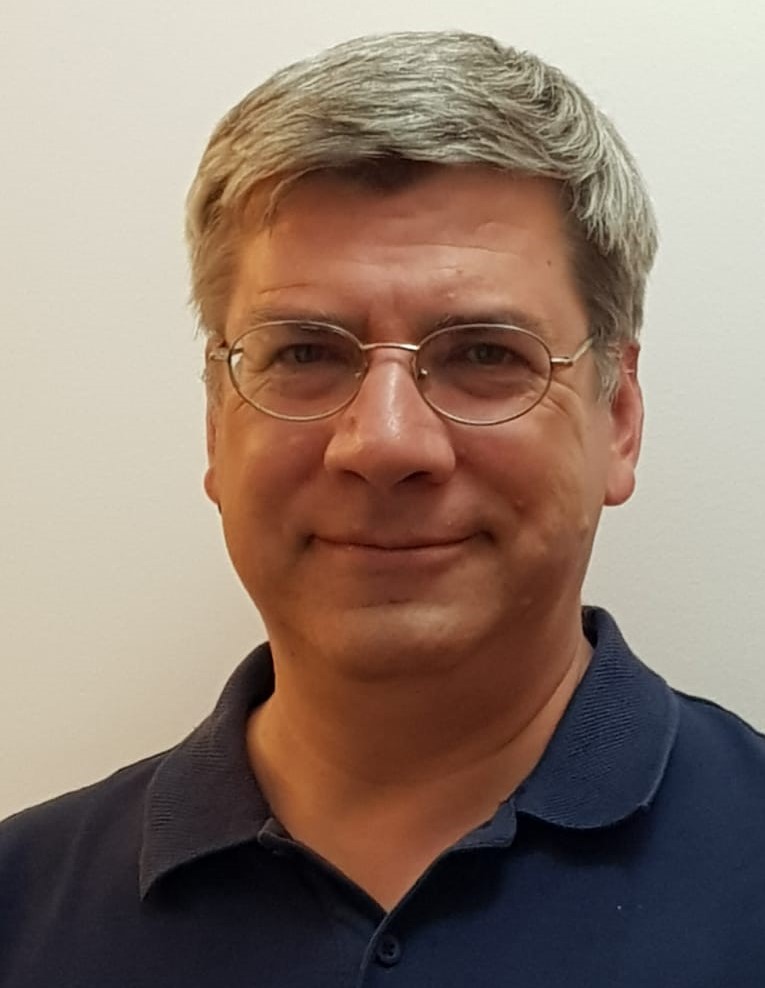
Guido Maier received his Laurea degree in Electronic Engineering at Politecnico di Milano (Italy) in 1995 and his Ph.D. degree in Telecommunication Engineering at the same university in 2000. Until February 2006 he has been researcher at CoreCom (research consortium supported by Pirelli in Milan, Italy), where he achieved the position of Head of the Optical Networking Laboratory. On March 2006 he joined the Politecnico di Milano as Assistant Professor. In 2015 he became Associate Professor. His main areas of interest are: optical network modelling, design and optimization; SDN orchestration and control‐plane architectures; SD‐WAN and NFV. He is author of more than 150 papers in the area of Networking published in international journals and conference proceedings (h‐index 23) and 6 patents. He is currently involved in industrial and European research projects. In 2016 he co‐founded the start‐up SWAN networks, spin‐off of Politecnico di Milano. He is editor of the journal Optical Switching and Routing, guest editor of the IEEE Open Journal of the Communications Society, General Chair of DRCN 2020 and DRCN 2021, and TPC member in many international conferences. He is a Senior Member of the IEEE Communications Society.

Sebastian Troia received the Bachelor, Master and Ph.D. degree in Telecommunication Engineering from Politecnico di Milano, (Italy), in 2013, 2016 and 2020 respectively. He is currently a postdoctoral researcher with the Department of Electronics, Information and Bioengineering (DEIB) at the same university. From 2018 he joined to SWAN networks, a spin‐off of Politecnico di Milano developing network orchestration and advanced algorithms for SDN and SD‐WAN based networks. His current research interests are in the field of SD‐WAN orchestration and control‐plane architectures; Machine‐Learning for SDN and NFV based networks.











